HCC Net Profit at ?50.2 Cr for Q2 FY25 Construction Business records turnover of ?1,203 Cr in Q2 FY25
HCC E&C reported standalone turnover and net profit of ?1,203 crore and ?50.2 crore, respectively, in Q2 FY25, as against ?1,138.8 crore and ?52.4 crore, respectively, in Q2 FY24. The Company’s order book stood at ?9,773crore as of September 30, 2024. Furthermore, HCC has been awarded a ?1,031.6 crore contract in October and is the lowest bidder in projects worth ?3,860 crore. The Company reported consolidated revenue of ?1,407 crore in Q2 FY25 versus ?1,832.6 crore in Q2 FY24. The consolidated profit was at ?64 crore in Q2 FY25 versus a net profit of ?6.4 crore in Q2 FY24.
Financial highlights – HCC unaudited standalone results
- Turnover of ?1,203 crore in Q2 FY25 versus ?1,138.8 crore in Q2 FY24
- Net Profit of ?50.2 crore in Q2 FY25 versus ?52.4 crore in Q2 FY24
- EBITDA margins at 17.8% in Q2 FY25 compared to 14.4% in Q2 FY24
During the quarter, the company has received its projecttaking over certificate for Delhi Metro’s DC06 package and the south bound arm of the Mumbai Coastal Road Project was inaugurated by the Chief Minister of Maharashtra. The Vishnugad Pipalkoti hydropower project has completed 3.5 km tunnel out of 12.1 km using TBM, with a peak TBM mining of 509 m achieved in September 2024. Significant progress has been achieved on the Anji Khad Bridge, Mumbai Metro Line 3 and Tehri Pumped Storage projects.
The Company has submitted bids worth ?3,800 crore which are under evaluation while work is well underway on a future bid pipeline of ?46,000 crore. The Company plans to raise equity through a Qualified Institutional Placement to support its accelerated growth plan.
Performance of HCC subsidiary, Steiner AG:
Steiner AG reported revenues of CHF 20.2 million (?201 crore) in Q2 FY25 as compared to CHF 66.5 million (? 603 crore) in Q2 FY24 and profit of CHF 1.5 million (?15 crore) in Q2 FY25 as compared to a loss of CHF 0.7 million (? 6 crore) in Q2 FY24. The Company secured fresh orders worth CHF 13.1 million (?128 crore).





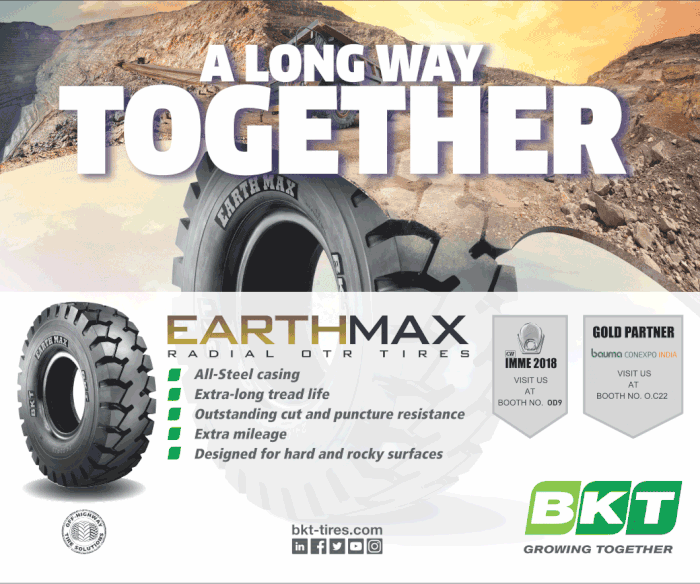
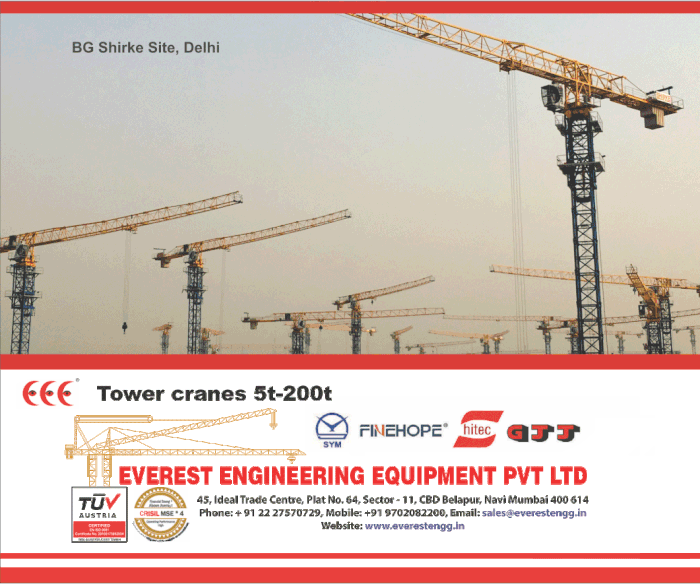
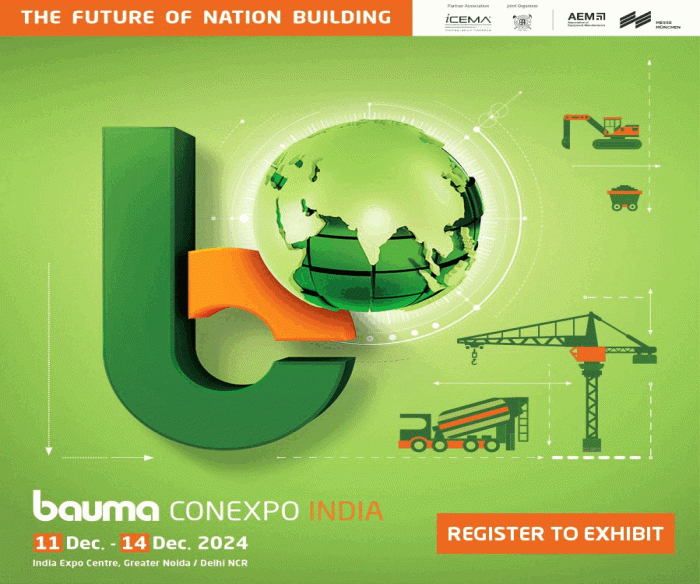
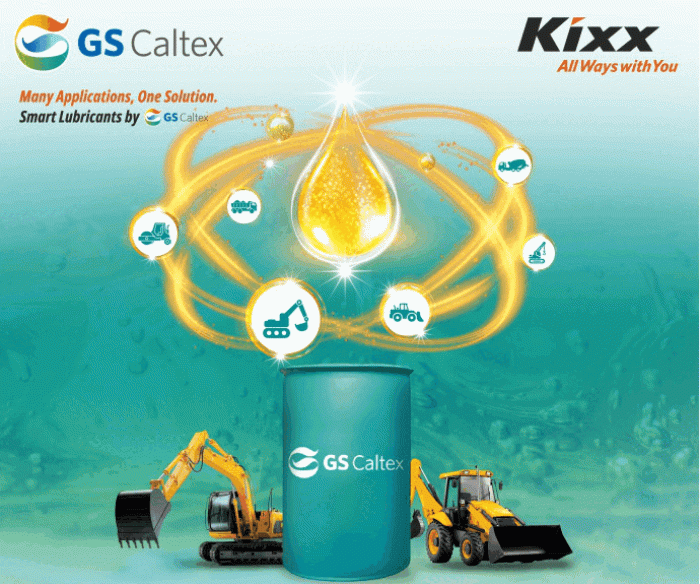
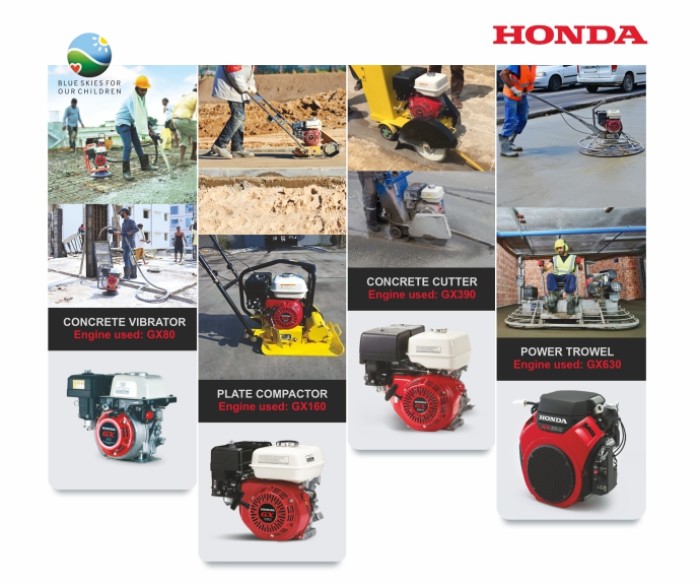
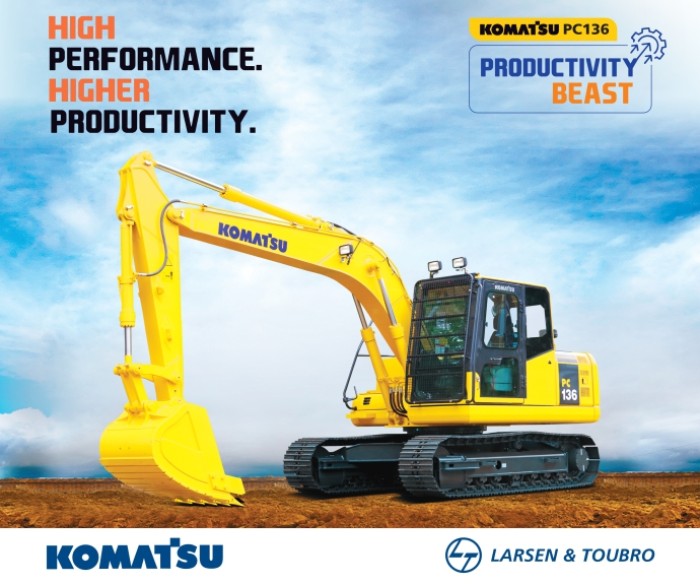
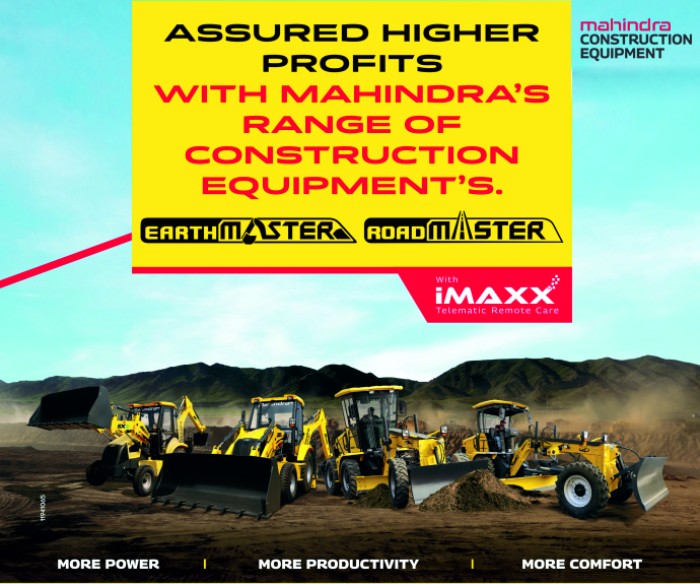
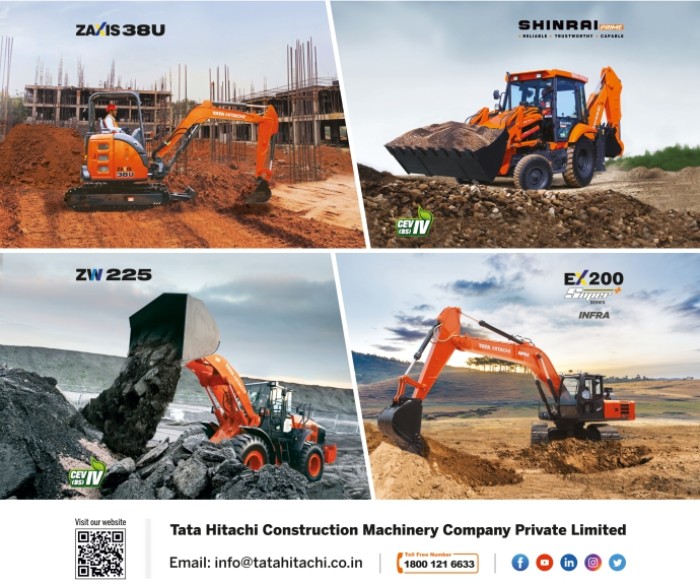



Leave a comment